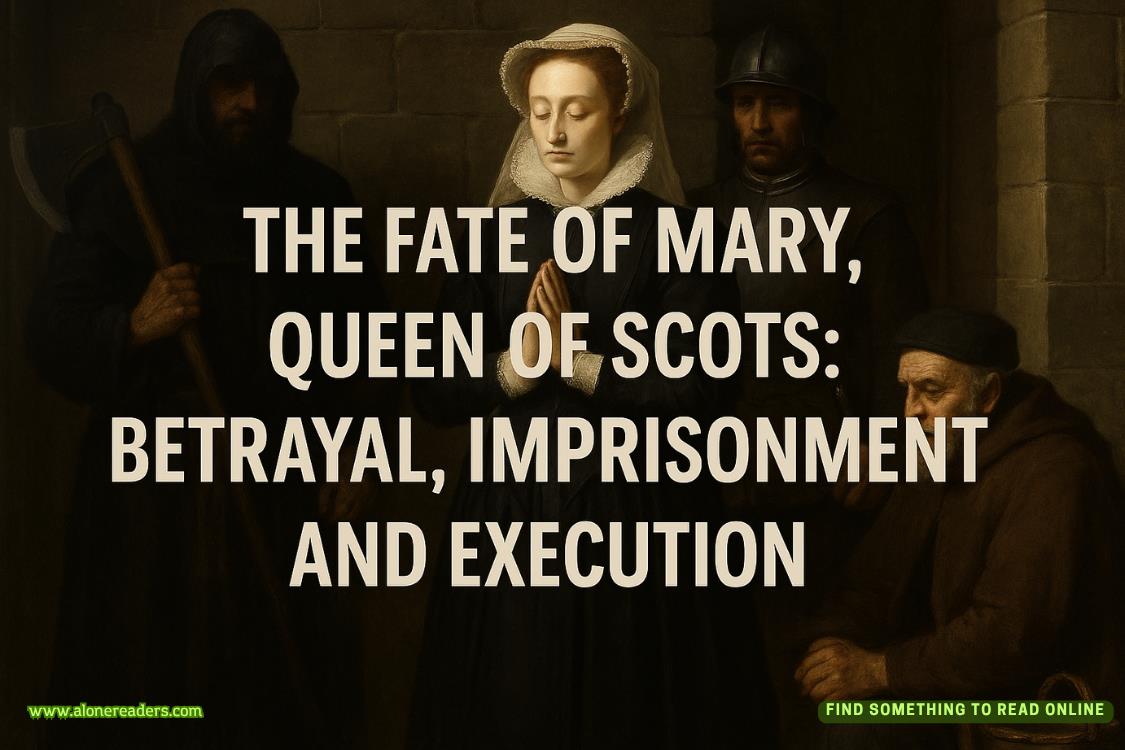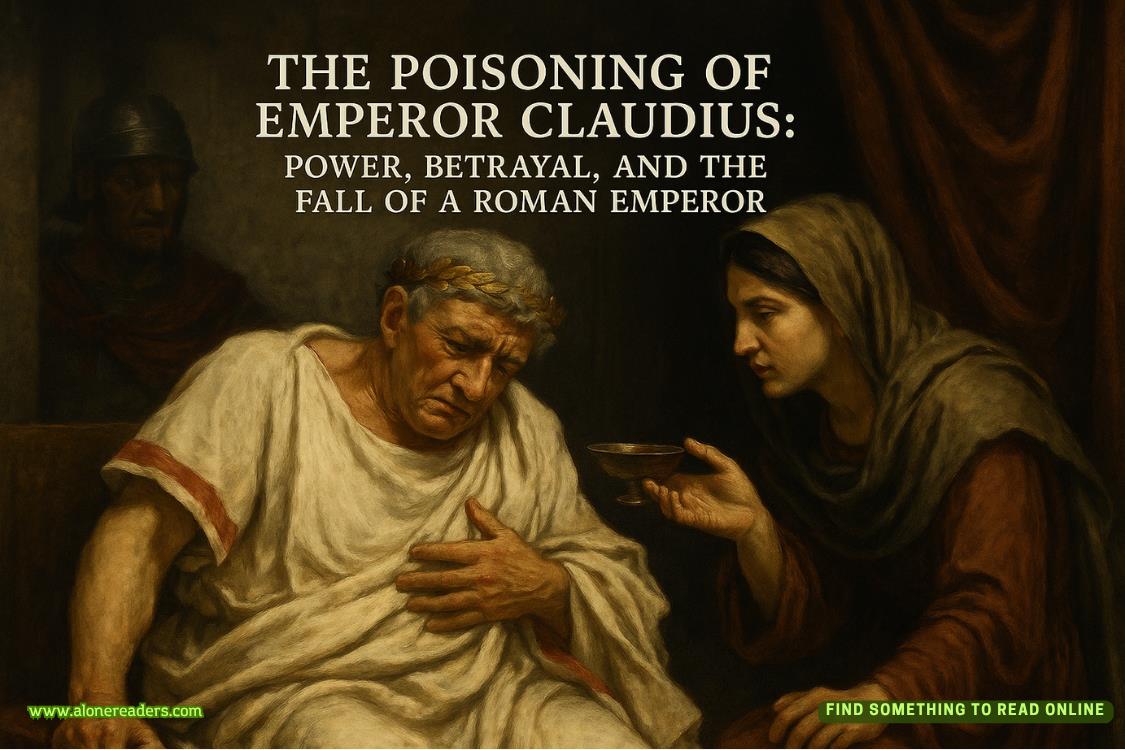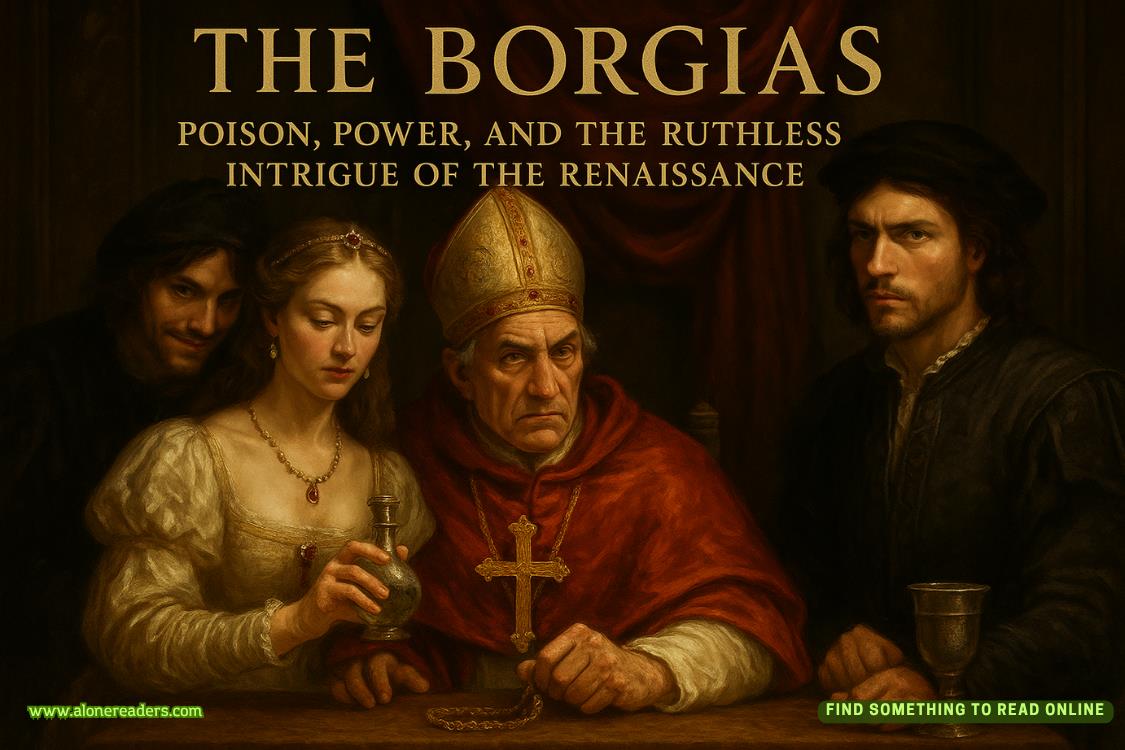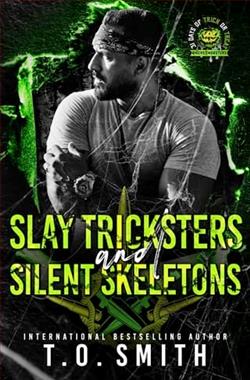Page 2 of Cry Havoc
Even at midday it was gloomy beneath the triple canopy. At night it would be pitch black. Tom felt comfortable in the dark. It provided a blanket of security. It also meant that an extraction was highly unlikely, keeping them behind enemy lines until at least sunup.
They traveled heavy, much heavier than Tom had when operating in the deltas of the south. Laos was an area that by international law was off limits, which meant it might be a while before they could contact the FOB through an overhead air asset or their top-secret Hickory radio relay site to request extraction. In these situations, extra magazines and grenades were more useful than anything out of a C-Ration. As Quinn was fond of pointing out:I’d rather be hungry than dead.
Tom’s first-line gear consisted of a Browning Hi-Power 9mm pistol in a black leather holster on his right side, and an integrally suppressed .22 caliber High Standard H-D semiautomatic pistol on his left. A Randall Made Model 14 knife with its seven-and-a-half-inch blade and black Micarta handle in a weathered brown leather sheath was on his right hip behind the Browning. Bo Randall’s company in Orlando, Florida, had been crafting knives since 1938, blades that had accompanied U.S. servicemen into the Second World War, Korea, and now Vietnam. The base tailor had modified Tom’s fatigues and added extra pockets specifically sized for his signal mirror, notebook and pen, maps, morphine syrettes, a pen flare, whistle, compass, and his URC-10 emergency radio along with a frequency and code book. A fluorescent orange marking panel to signal aircraft and mark landing zones was stashed in one of two large cargo pockets on his pant legs. He wore black gloves with more breathable cloth on the tops and leather under the fingers and palms. The thumb, index, and middle fingers were cut off at the first joint. A Swiss Army Knife in his right pocket was tied to a belt loop with green parachute cord. Everything had a purpose.
Tom didn’t dare look at the watch on his left wrist, a Rolex Submariner on a black nylon strap with two marine-grade snaps to which a leather cover was affixed to prevent reflection. A small Waltham compass was attached to the band just below the stainless-steel case of the timepiece. The watch reminded him of Saigon, of the CIA… of Ella.
Not now, Tom. Stay focused.
Like most SOG operators, Tom’s second-line gear was attached to modified World War Two–era BAR—Browning Automatic Rifle—web gear. In Arctic canteen covers attached to the belt were his four additional RPD drums lined with strips of linoleum to prevent the open-link metal non-disintegrating belts and rounds from rattling. He had increased the length of each belt from their standard 100 to 125 rounds per drum—every round mattered and could mean the difference between life anddeath for the entire team. A cut-down M79 was secured with a D-ring through the trigger guard on the left side of the harness. Additional BAR pouches carried two high-explosive 40 millimeter rounds, two flechette 40mm antipersonnel rounds filled with steel darts, four frag grenades, two smokes, and a white phosphorus grenade. A canteen and a gas mask were situated behind the ammo pouches. An extra claymore was attached to his chest—blasting cap removed. Also on the web belt was a Frank & Warren Survival Ax Type II, which he thought was superior to a machete due to its sharp hook that allowed him to cut vines regardless of which way it was swung. Anything that shined was covered with black tape. Anything that rattled was modified to keep unnatural sounds to a minimum. Of primary importance was a 12-foot section of green rope, coiled and attached to his web gear. It would be used to tie a Swiss Seat harness to clip into a rope, the operators called strings, dropped from a helo to hoist them out of the jungle. Then it was a freezing ride at 7,000 feet for the hour-long flight back to Phu Bai.
Quinn was similarly outfitted but ran his CAR-15 with thirty twenty-round magazines, each loaded with eighteen rounds. For his secondary he opted for the 1911A1 .45 pistol, one of only a few SOG pistols customized by gunsmith Armand Swenson. Instead of the Frank & Warren Survival Ax, Quinn carried a Special Forces–issued Peter LaGana hatchet from the American Tomahawk Company as a nod to his heritage, and because it was more effective than a blade for dispatching sentries.
A specially designed Indig Ruck, the brainchild of Conrad Bennet “Ben” Baker of the obscure Counterinsurgency Support Office hidden away in Okinawa, Japan—SOG’s own Q Branch from the popular James Bond films—held Tom’s third-line gear. In it, he stowed an extra canteen with water purification tablets taped to the outside. They supposedly killed whatever microorganisms lived in Laotian streams, and he hoped counteracted the Agent Orange defoliation chemical the U.S. blanketed over the jungle from the air. The pack also contained a medical kit, sixextra grenades, three more smokes, eight M79 rounds, additional claymores that now lined the perimeter, and a small plastic tube of indigenous rations also developed by the ingenious Ben Baker that consisted of precooked lightly seasoned rice with fish, shrimp, or meat laced with vitamin B. Though most recon teams carried a single large man-portable radio, Tom and Quinn both carried PRC-25s, hefty, unwieldy communications devices that were their lifeline. They both believed it was worth the extra weight to have a backup. The PRC-25 was the most essential piece of equipment in their arsenal, capable of connecting them to A-1 Skyraiders, F-4 Phantoms, F-100 Super Sabers, A-6 Intruders, and AC-130E gunships. To prevent the radios from falling into enemy hands, a thermite grenade was taped to the sides to melt them into oblivion if the team was about to be overrun.
Each team member also carried handcuffs. They were always ready to grab an enemy combatant for their intelligence value. A live prisoner also meant five days of R&R in Taiwan or Thailand and one hundred U.S. dollars as a reward. Someone higher up the chain of command had figured that operators on the ground needed an additional incentive to carry an unwilling captive soldier out of the jungle when it might be much more efficient to simply slit their throat. Higher had been right. Instead of money and a vacation, the little people, as SOG affectionately referred to their Montagnards, on a successful prisoner snatch op would be honored with a new Seiko watch from supply.
If rain didn’t ground the aircraft, Havoc would make contact with the Air Force FAC aircraft overhead—call sign Covey—in a low-flying O-2A Cessna Skymaster or possibly with a C-130 command post high above southern Laos. Coming over the radio with Prairie Fire Emergency would shift priority for all aircraft in the AO to the SOG Team under fire. Next to the pilot was a Special Forces MACV-SOG soldier, a Covey Rider, who could speak directly with the unit in contact on the ground, help direct strikes, and guide the recon team to their LZ for pickup.
A favorite aircraft amongst all SOG Teams was the slow and highly maneuverable A-1 Skyraider, a venerable single-prop plane of Korean War vintage that could carry more than its own weight in ordnance. While jets typically had about fifteen minutes of loiter time and had difficulty dropping ordnance closer than 250 meters to a team in contact, the A-1 could provide support for over an hour. It had an array that included cluster bombs, napalm, 250-pound white phosphorus munitions, and a 20mm cannon that could cut down the enemy within 5 meters of a SOG Team in contact. This was extremely helpful as most contacts in the heavy jungle took place at distances of less than 20 feet. All SOG operators at one time or another had prayed to hear the distinctive growl of a low-flying Skyraider screaming in just above the canopy. Recon Teams out of FOB 1 were usually supported by A-1s from the 56th Special Operations Wing in Da Nang. They were the best in the business.
Havoc had made contact in eleven out of their last thirteen missions as a team. All of them had been wounded, but, so far, they had not had any fatalities. Tom knew that one day his Frogman luck would run out. All he could do was hope that day wasn’t upon them.
Did Dad ever feel like this, Tommy gun in hand, battling the Japanese in World War Two?
Dad didn’t have claymores.
Tom shifted his eyes to the right. Even though he was less than four feet from Mang Hai, their Montagnard team leader, Tom couldn’t see him. Mang was Tom’s age but looked younger. He had been a replacement for Amiuh. Tom missed Amiuh. Quinn still carried the Montagnard’s rosary in his pocket. Amiuh’s wife had insisted upon it. His death had hit Quinn particularly hard.
Mang lived for one purpose: to kill NVA. The AK round that had grazed Mang’s scalp on their last mission only added fuel to his fire. The Montagnard hated the North Vietnamese more than the Americans did. Truth was, the ’Yards hated all Vietnamese. They had history.
Rain began to fall through the mist.
A part of the SEAL prayed they would continue on, none the wiser. Another part was itching to cut them all down. This was war, a war that had claimed too many of his friends.
It took all of Tom’s strength not to wipe away the sweat that crept down from under the green cravat do-rag that obscured his dark blond hair. The salty liquid traversed over his camouflage face paint to sting his eyes. He found that the cravat worked better for him than the boonie hat favored by Quinn. He also liked the fact that the prop wash of an approaching helo wouldn’t blow it from his head.
Maybe we’re going to get lucky.
Then he heard the clacking.
NVA trackers would signal each other and the main element by tapping two pieces of bamboo together.
Perhaps the trackers didn’t have dogs.
Then Tom heard the barking.
Shit.
This is about to get western.
They had unclipped the phone cable tap and were fading back from the trail into the shadows of the jungle when the enemy patrol appeared, forcing them into their perimeter, behind the claymores. They had covered their scent with a mixture of CS powder—a potent irritant—and black pepper as they respooled the wires attached to the communications lines along the trail. The mixture was highly effective, though it did not work if the dogs had been fooled before. Bloodhounds used by the NVA were smart. If they had previously encountered the countermeasure, they would stop before getting close enough for it to destroy their sense of smell. Some would even circle around the concoction to pick up their quarry’s scent on the other side.
Tom prayed these were not those kinds of dogs.
The barking stopped. Tom shut his eyes and focused on his hearing.
A dog was moving around the countermeasure.















